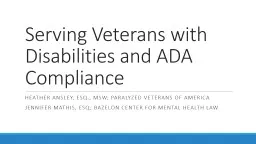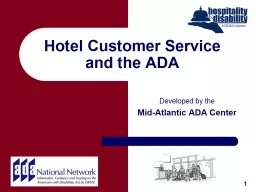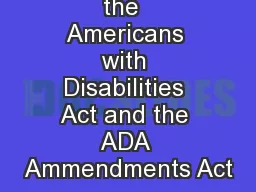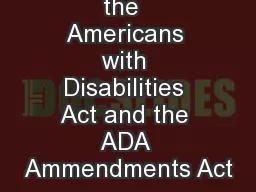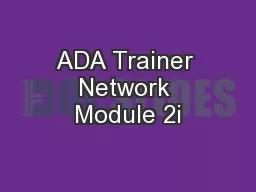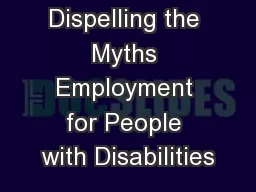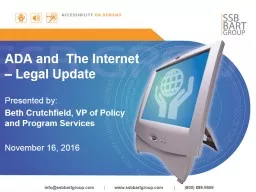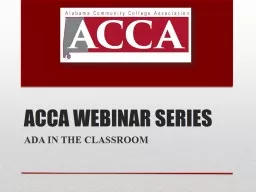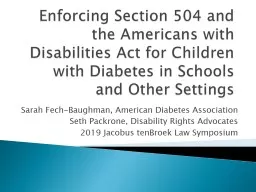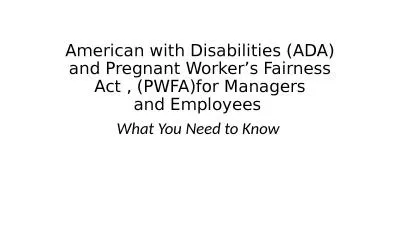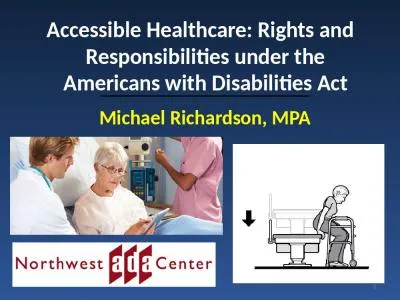PPT-Serving Veterans with Disabilities and ADA Compliance
Author : karlyn-bohler | Published Date : 2018-11-03
Heather Ansley Esq MSW Paralyzed Veterans of America Jennifer Mathis ESQ Bazelon Center for Mental health law What is the Americans with Disabilities Act Prohibits
Presentation Embed Code
Download Presentation
Download Presentation The PPT/PDF document "Serving Veterans with Disabilities and A..." is the property of its rightful owner. Permission is granted to download and print the materials on this website for personal, non-commercial use only, and to display it on your personal computer provided you do not modify the materials and that you retain all copyright notices contained in the materials. By downloading content from our website, you accept the terms of this agreement.
Serving Veterans with Disabilities and ADA Compliance: Transcript
Download Rules Of Document
"Serving Veterans with Disabilities and ADA Compliance"The content belongs to its owner. You may download and print it for personal use, without modification, and keep all copyright notices. By downloading, you agree to these terms.
Related Documents

